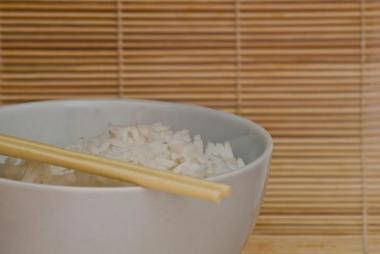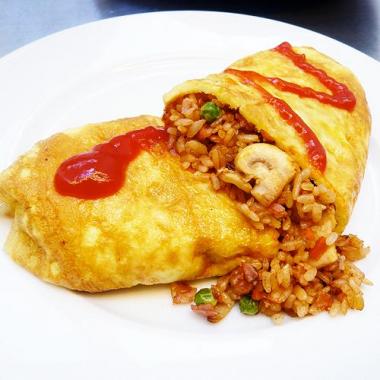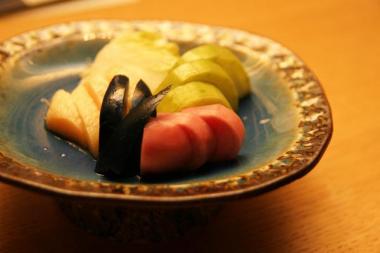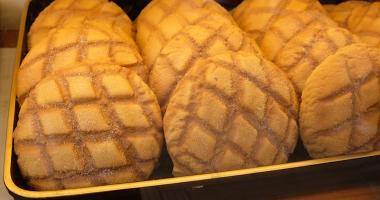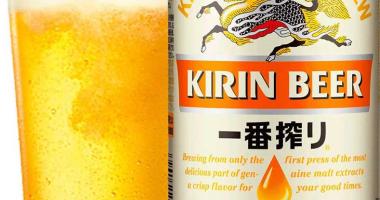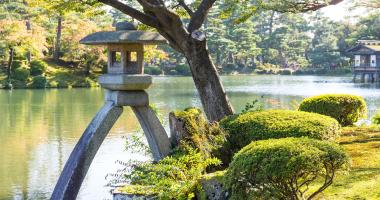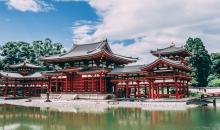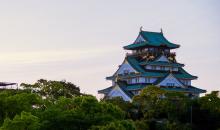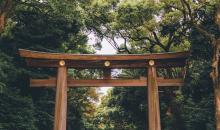Breakfast in Japan: between tradition and new trends
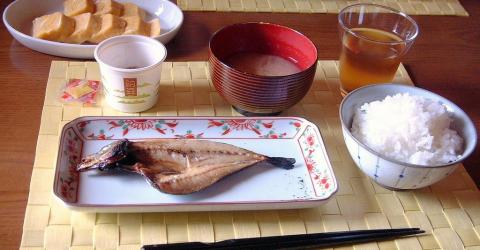
A typical Japanese breakfast table.
What is Japanese breakfast? A healthy breakfast to start the day off right!
Whether taken with the family or alone, on the go or in a restaurant, breakfast is the most important meal of the day. Slow sugars, vitamins, proteins, it is indeed supposed to contain all the nutritional contributions allowing us to start the day well. Especially in Japan, since the Japanese breakfast is considered one of the most balanced in the world! What is hiding in the plates of our Japanese friends? Japan Experience is now putting its feet in the dish.
The central element around which the rest of the meal revolves , rice is often served white when it is not accompanied by an egg to give Tamago Kake Gohan. Its consumption then punctuates the hostilities, since it is the first element of the breakfast to be touched as well as the last to be finished. Note that it can also be enjoyed withnori (Japanese seaweed), or even nattô for the more adventurous.
The first meal of the day finally consists of tsukemono , such as daikon (white radish), cucumber, or umeboshi (candied plum). The latter energize the flavors with their harsh taste , and their nutritional virtues are perfectly suited to the start of the day since they are rich in vitamins. A green tea will conclude the whole, served cold or hot according to suitability.
Like any traditional meal, it is worth noting that Japanese breakfast follows the rules of kaiseki .
Advocating elegance and finesse in gastronomy, kaiseki revisits the art and way of setting the table. It is a real treat for the eyes as much as for the taste buds, where small portions and the harmony of shapes and colors are privileged. That's why don't be surprised if breakfast seems copious to you, it usually consists of a multitude of small dishes , the number of which only befits the person who prepares it.
Typical Japanese breakfast dishes
To summarize, the typical dishes of a Japanese breakfast are:
- a bowl of rice garnished with an egg,
- protein in the form of omelettes or fish,
- pickled and pickled vegetables,
- all accompanied by tea!
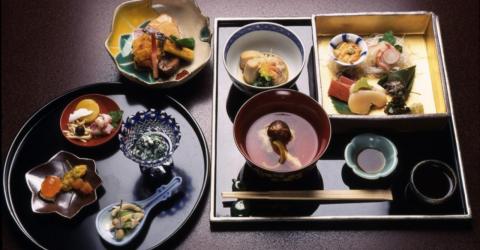
Japanese gourmet cuisine, Kaiseki ryôri
JNTO
And a western breakfast?
Although the traditional breakfast is still very popular with the Japanese, it is not necessarily part of the habits of the younger generations who prefer a slightly more Western version.
The preparation of certain dishes such as miso soup or fish can be time-consuming, the Japanese who are pressed for time tend to swap rice and tsukemono for toast or cereals.
Starburcks cafe and Tully's patisseries are now taken over when the trains dump their first batch of daily passengers, and the traditional breakfast is no more than a perky treat enjoyed on a morning at the ryokan (traditional inn) or a Sunday with the family.
And for good reason, raised to the rank of standing, it is today an emblematic element of Japanese culture.
- Read also: Ryokan, know the habits and customs
Have a traditional breakfast in Japan
Far from having disappeared, the traditional breakfast is still well established in Japan . And when it's not filling the tables of early risers and retirees, it 's in ryokan or on the menu of some slightly more westernized hotels that we find it.
Typical of the local culture, the traditional breakfast indeed appeals to many travellers. If it is automatically served in the ryokan , it will nevertheless be necessary to choose the Bed&Breakfast formula in the hotels to benefit from it. The latter will then take the form of a savory buffet , where you can choose the different elements that will make up your first meal of the day.
On a different note, you can also enjoy it in a few family restaurant chains . Like Gasto , Jo nath an’s , or Otoya , which offer several elements of the traditional breakfast on their morning menus.
Much less expensive than the Breakfast option in hotels, these Japanese breakfasts are nevertheless not very generous. A little fish, a soup and a bowl of rice, you won't have the multitude of dishes nor the quality that characterizes the '' kaiseki '' experience. That said, the option is attractive for small budgets , since you will only have to pay between 700 and 1,200 JPY (between 6 and 10 euros) on average per person to enjoy it happily.
Finally, be aware that konbini and supermarkets also offer breakfasts . In the form of bento (lunch box), these take up the same elements as the traditional breakfast with omelet or grilled salmon as a garnish. If you are in a hurry, think about it!
